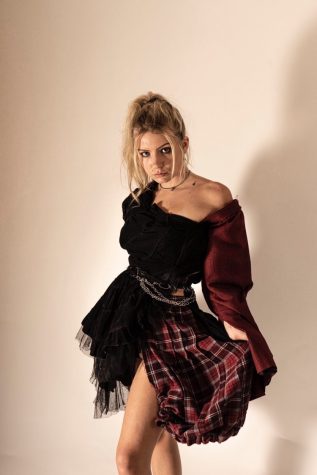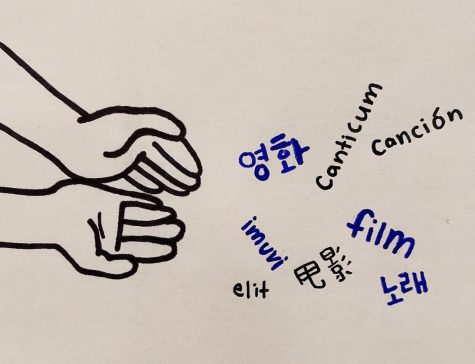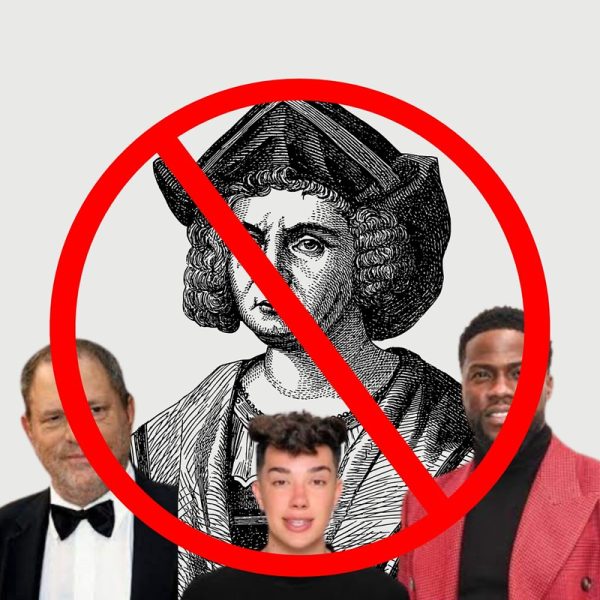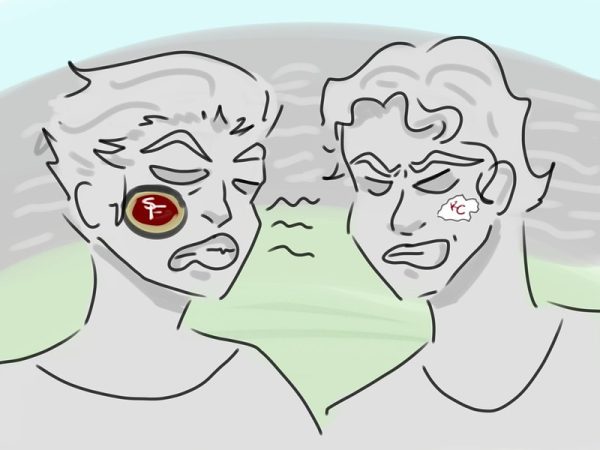The loss of accessibility in punk and grunge subcultures
Shopping today has commodified the once niche subcultures of grunge and punk.
Subcultures like punk and grunge aren’t new, but in recent years, recognition for both styles have been apparent in inspiring more mainstream fashion trends like leather jackets, decorative safety pins, ripped jeans and Dr. Martens (as well as other similar shoes).
However, what’s now mainstream was once an opposition to conventional fashion, music, and beliefs.
It’s seen more now than ever that popular clothing brands like Unif, Dolls Kill, and others have built off an image that aligns with punk and grunge styles. Of course, this isn’t an issue on its own, but as the younger generation finds their own styles and ways to express themselves through subcultures, it becomes harder for them to partake in them because of how expensive these styles have become, which is quite ironic when you take a look at the roots of these subcultures.
However, what’s now mainstream was once an opposition to conventional fashion, music, and beliefs.
The punk subculture arose in mid-1970s England as a result of the punk rock music genre. The movement was against nationalism, organized government, racism, economic inequality and other beliefs that had sprung from shared frustrations of the youth and working class.
A lot of punk fashion from the mid-late 1960s was bought second hand and was a part of the punk rejection of what was mainstream. This is apparent when comparing punk fashion at the time to disco, which similarly spawned from a music genre but was far more popular as its own fashion craze.
Grunge subculture was heavily influenced by punk rock both musically and stylistically. It emerged in the mid-1980s, specifically in Seattle, Washington. Grunge music brought attention to issues like social prejudice and mental health, as most grunge lyrics were cynical and strived for authenticity.
Similar to punk style, grunge was mainly centered around thrifted articles of clothing. However, unlike punk style, which had different branches of style like glam rock and greasers, grunge style was much more specific and set on a look and lifestyle that was laid-back and thrifted.
“Grunge fashion was very much an anti-fashion response and a non-conformist move against the “manufactured image”, often pushing musicians to dress in authentic ways and to not glamorize themselves.” writes fashion designer and stylist N.J. Stevenson in her book: Fashion: A Visual History: From Regency & Romance to Retro & Revolution.
Despite punk and grunge subcultures initially being against consumerism they have both had a heavy influence on clothing brands. This effect also led to an increase in price when it comes to thrift stores. By charging anything from $40 or more on cheaply made clothing heavily inspired by punk and grunge fashions, fast fashion companies have actively commodified and taken away the root reasons for why punk and grunge fashion is prevalent to their subcultures. By becoming unaffordable these styles have effectively strayed from their roots.

Tessa joined the Tribune after her parents encouraged her to but gained her own interest in the class. This is her fourth year being a part of the Tribune. Her goal for journalism this year is to become more...

















